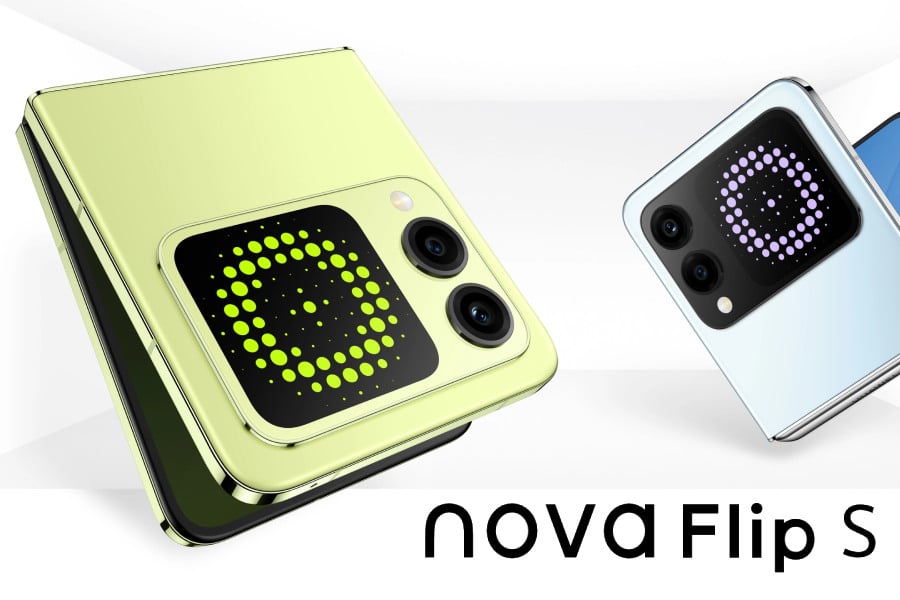TL;DR: A flashy, music-driven, demon-slaying spectacle with killer visuals and soulful storytelling. Slight pacing hiccups and supporting roles that could have been deeper aside, it’s a glossy, triumphant crowd-pleaser—sweet, sharp, and fully in tune.
K-Pop Demon Hunters
The Show Opens: A K‑Pop Spectacle with Bite
Imagine the high-energy mania of a K‑Pop concert fused with supernatural special ops. That’s exactly what Netflix and Sony Pictures Animation have cooked up in K‑Pop Demon Hunters. The plot? Three pop sensations—Mira, Zoey, and Rumi—lead secret lives as demon hunters. Their music powers a mystical shield, the “Honmoon,” which keeps evil spirits at bay. But when a rival group crafted by the demon king Gwi‑Ma swoops in to steal their spotlight—and souls—it sparks a stage‑shaking showdown to see who truly rules the airwaves.
Visuals That Pop Like Stage Lights
From the first scene, the animation hits you like a hit chorus. Borrowing boldly from manhwa and webtoons, it favors striking silhouettes and punchy poses over fluid transitions. It’s as if a live K‑Pop concert was warped through a comic-book lens—charmingly stylized, vibrant, and alive. One moment you’re in chibi bliss; the next, you’re caught in an action-packed idol montage. It’s easily one of the most distinctive animated visuals of the year.
The Heartbeat of the Movie: Songs & Souls
K‑Pop Demon Hunters delivers original music that can challenge your playlist—translate that into toe-tapping, sing-along drama. Tracks like “Golden” and “Takedown” (actually performed by popular girl group Twice during the end credits) feel authentic, with slick production, bilingual lyrics, and the charm of real idol stars. The duet “Free” is a standout—a raw and emotional marriage of voices with powerful chemistry.
Rumi’s character is the emotional center: caught between her human upbringing and her demon side, she carries both power and vulnerability. The antagonist pop star, Juni, isn’t just a pretty face with horns—his charisma comes laced with backstory and inner conflict. And even though Mira and Zoey don’t get as much time in the spotlight, they bring levity, humor, and raw talent that round out the trio.
Plot with Swagger—and a Few Missteps
In true K‑Pop style, the film hits its verse-chorus pattern quickly. Within fifteen minutes, we know the stakes, the lore, and Rumi’s hidden heritage. After that, the story zips through studio battles, award shows, spa days, and demon riots—sometimes too breezily. The inclusion of a vocal-issue subplot for Rumi felt like a tempo shift that slowed the beat more than necessary, though it did open the door for cute hangouts like bubble tea breaks and kawaii sidekick antics.
Still, the film balances these fun detours with genuine substance—highlighting fan culture, pop idol rivalries, and the emotional tension of being in the spotlight versus secretly slaying monsters. A mischievous tiger demon and a bird wearing a traditional gat add just the right folkloric charm.
The Emotional Hook: Identity and Acceptance
At base, this is a story of finding where you belong and fighting to be accepted. Rumi’s arc—from insecure hybrid to empowered hero—is the soul of the film. The supporting cast gets less time to explore their own insecurities, but when everything aligns, the story lands with a satisfying emotional payoff.
Final Performance: Verdict
K‑Pop Demon Hunters delivers exactly what its title promises: dynamic visuals, infectious music, and a supernatural twist. It dazzles with its animation and soundtrack, and Rumi’s journey gives it emotional weight. The supporting characters could use a little more depth, and the pacing sometimes wavers, but those are small flaws in an otherwise energetic package.
Powerful, playful, and packed with heart. This one’s a must-watch for fans of bold animation, catchy tunes, and stories about standing out—even if you’re part demon.







